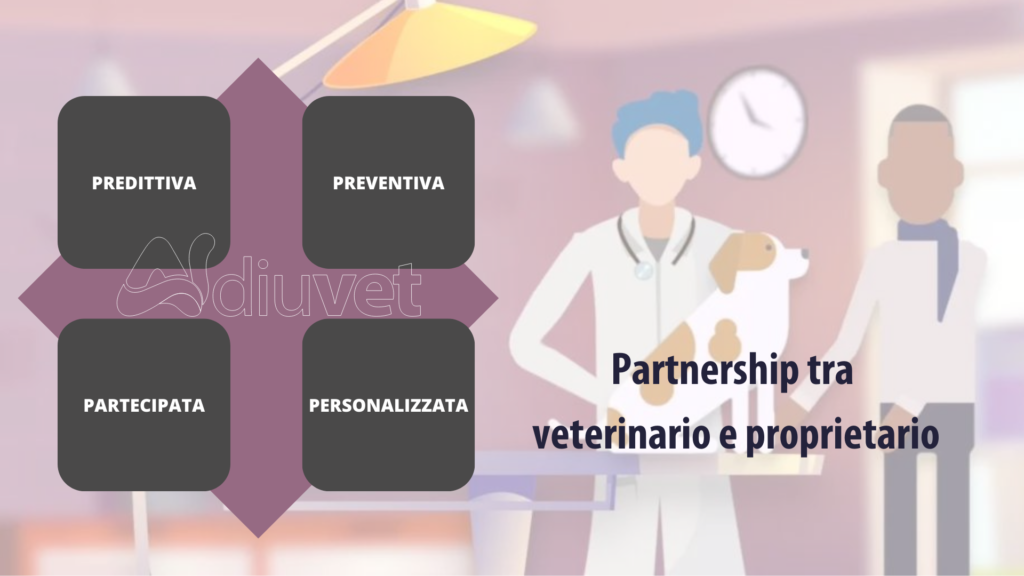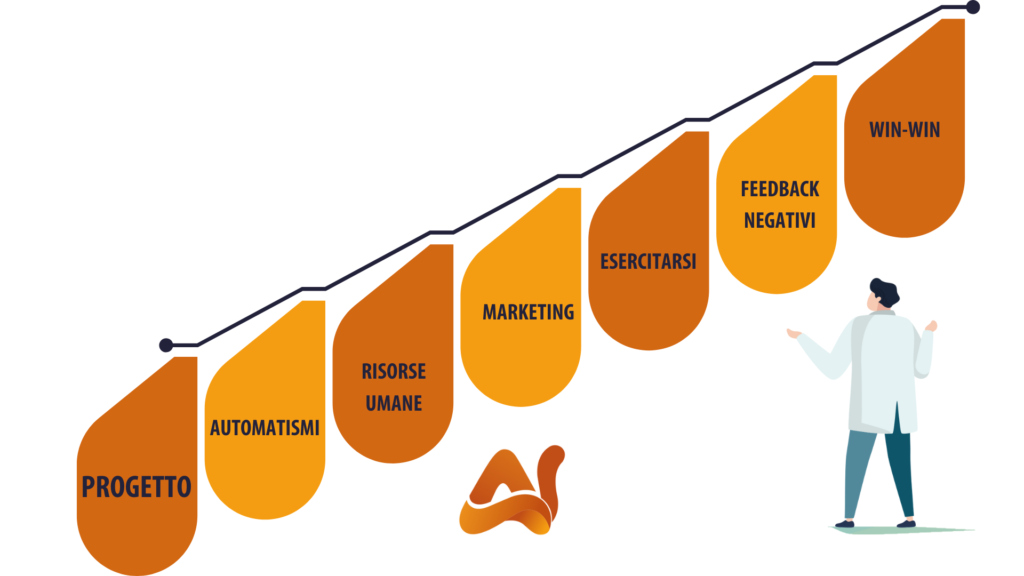
How to get more clients with SEO for veterinarians
What do you need SEO for if you are a veterinarian? Simple: attract traffic and turn it into paying customers! Learn how to optimize the structure and content of your website. … Read More

Sommario
Toggle[Important note: this article has been automatically translated from the original Italian language.]
Recent years have marked the transition from pet owner to pet parent.
A change that goes beyond just using a word.
If you ask pet owners how they describe their relationship with their pet some very interesting data emerge:
Here is the transformation from pet owner to pet parent. (1)
Thus, pets are family members, often children.
This phenomenon affects 10.1 million cats and 8.7 million dogs in Italy.
The first direct spillover of this sentiment can be seen in the Increase in the familybudget devoted to pet care and maintenance that has occurred in recent years.
Veterinary expenses account for 341 and 194 euros, respectively.
The veterinary practitioner is in a growing market estimated at +7.5 percent each year, pets are synonymous with child or family member.
However, we see low medicalization, low adherence to primary prevention, especially in cats, and unstructured veterinary attendance.
Such low attendance, involving 55 percent of pets translates into a huge recruitment potential for preventive medicine.
Equally important is thepotential impact on pet health.
The answer is provided by theworld health organization (WHO) link when it defines preventive medicine as:
a clinical discipline of veterinary sciences, which aims to preserve the state of good health throughout the life of the animal, identify early and limit the risks of degradation.
To structure a Prevention Plan, it is necessary to organize and plan a set of veterinary services dedicated to a group of patients homogeneous in species, sex, age or clinical risk, which has an established duration over time.
Usually 12 months.
Before addressing the topic of organization, let us dwell on the relationship with the pet parent who, often, indeed almost always, does not know what a health plan is and how it works.
So he has no idea of the benefits that a health plan can give him and his pet.
We need to start from here!
Health Plans need to be managed for their organization through a management systemthat gives you the ability to:
To propose the health plan, you need to establish a partnership, between you, veterinary doctor and owner, articulated on the 4Ps.
Basically you need to build a simple, clear, usable pathway for the pet-owner pair that results in a shift of prevention management from pet parent to your veterinary facility.

As an example you could insert:
are some of the areas of intervention to be included in prevention plans.
You can structure several different plans, the important thing is to be able to see them all in the same dashboard and to be able to manage them easily from the management.

The more you have an automated system for managing plans, the simpler their proposal will be.
The experience must be easy for the client and also for the veterinarian offering it.
Spreadsheets, paper sheets do not have these requirements.
Does the whole staff take part in the proposal of the plans or only a part? Who is participating? The vets, the technicians?
It is essential to establish who does what in order to build a path within which the pet parent is accompanied.
Research published by Kaystone tells us that1 percent of pets have activated health plans.
The reason is very simple, pet parents do not know what they are and what they are for.
Hence the need to communicate on the topic with their customers.
In addition, through successive analyses, (from BI tools) you could assess which DPs were least sold and decide whether to remove them from the offer, or communicate them more appropriately.
When using a new ultrasound machine or performing a new procedure there is a learning curve that is steeper the more ultrasounds you do.
The mechanism is the same when health plans are proposed. Exercise is one of the keys to success.
At three, six, nine and 12 months. What type of plans, in relation to its customer base, and how many plans can be activated?
As with all other benefits, the decision is up to the client.
Rejection of a health plan proposal must be accepted.
The reasons may be different: what if the previous 6 steps were not structured correctly?
Before you fall into self-censorship and do not propose the plans to other clients, it is better to resume all the steps and do an audit.
At the end of the day, what does the pet parent gain?
The serenity of no longer having thoughts about what and when needs to be done for the pet’s well-being, the knowledge that you are an active participant in its health, the peace of mind that you are in the hands of the right professional, finally always the same.
What about you as a veterinarian?
A greater positive impact on your patients’ health, a powerful tool for retaining your customers, the ability to see them more in a healthy condition, rather than when already ill or in an emergency.
Everybody wins !
Related articles

What do you need SEO for if you are a veterinarian? Simple: attract traffic and turn it into paying customers! Learn how to optimize the structure and content of your website. … Read More

Let’s find out what a veterinary blog is really for, why people like it, and how it can bring you new clients. Here are 3 strategies you absolutely must know! … Read More

How long does it take you to arrange a surgery? How long does it take your staff to make a visit? How many drugs do you let expire?
If you can’t answer these questions, you are missing an important growth opportunity for your veterinary facility because you are not understanding where you can improve. … Read More
We are redirecting you to the cart to finalize the requested subscription change.
Lorem ipsum dolor sit amet, consectetur adipiscing elit. Ut elit tellus, luctus nec ullamcorper mattis, pulvinar dapibus leo. Lorem ipsum dolor sit amet, consectetur adipiscing elit. Ut elit tellus, luctus nec ullamcorper mattis, pulvinar dapibus leo.